Chapter 4. For Inspiration
So as we begin to think about our next design project, it will help to view a few quick examples of services that in some way or another, make us feel like our time, feelings, and trust matter:
- Some examples that respect time
-
-
Google Chrome can automatically update in the background and requires no effort from the user.
-
In offline mode, Facebook’s app clearly states that you can continue to post. This saves users time by allowing them to continue interacting while not connected (Figure 4-1).

Figure 4-1. Facebook app clearly messages offline capabilities
-
Another example from a smaller service is from a local realty page (Figure 4-2). We can appreciate how straightforward the main call to action is about what will happen next. It clearly lets the user know that they are “almost done” and that there is bit of a process involved in getting a home valuation. This is a great example of how simple language can inform users how best to use their time.
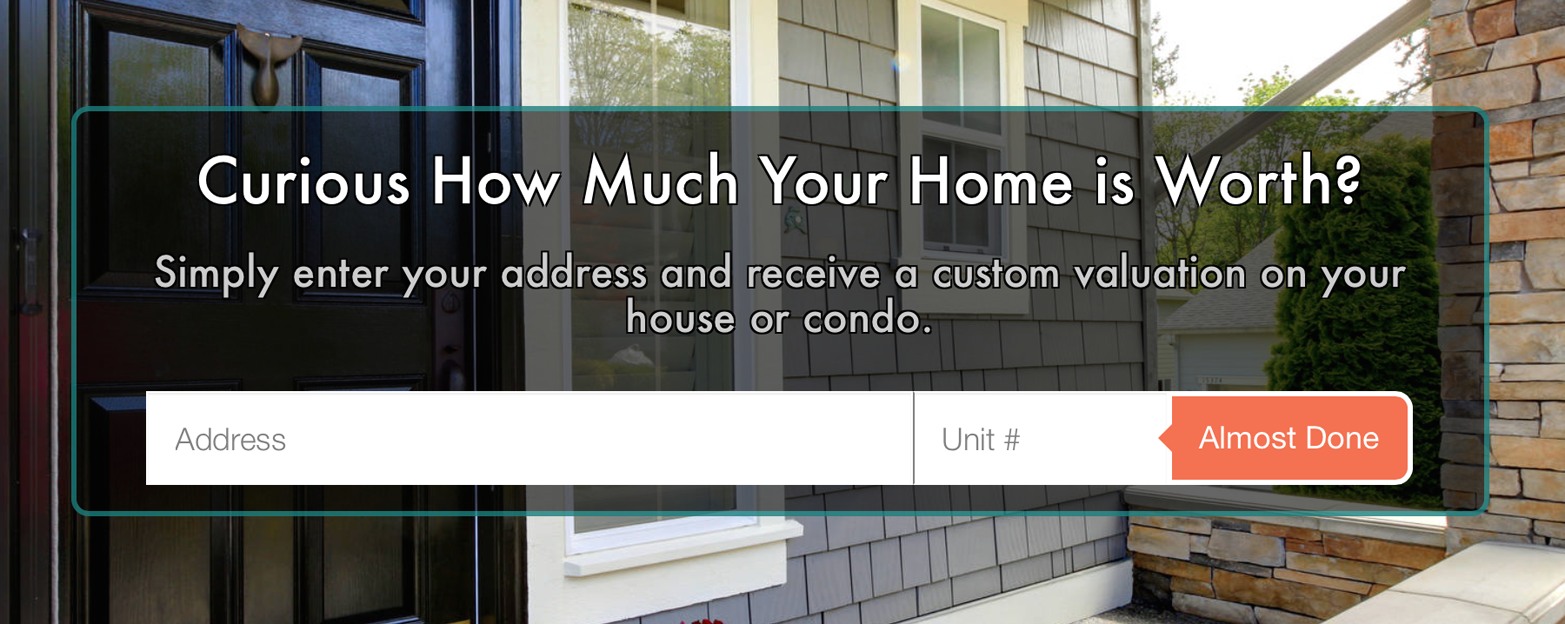
Figure 4-2. Call to action sets user expectations for what comes next
-
- Some examples that earn trust
-
-
Although this example doesn’t fix our notification overload problem, the App Store messaging shown in Figure 4-3 provides a useful warning when about to download files over cellular. This builds trust that Apple is on our side with regard to data and cellular fees.
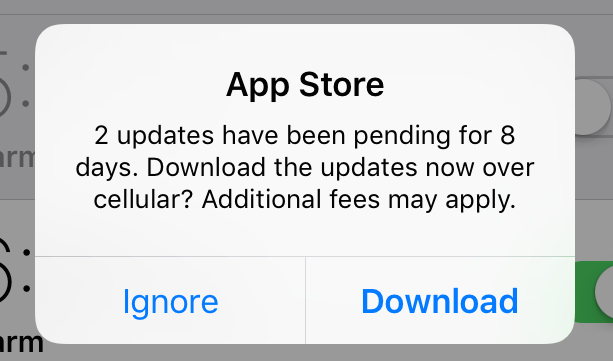
Figure 4-3. Messaging that may save us money helps to build trust
-
Those of us who use Gmail place a large amount of trust in Google, so it is appreciated when some of its efforts further that trust. While not revolutionary functionality, Google and a number of services will let you know when suspicious logins to your account occur. For example, after signing in using a different machine, you receive an email notification detailing the event (Figure 4-4). While the sign-in was innocuous, it is comforting to know there are systems in place that allow further trust in Google’s products.
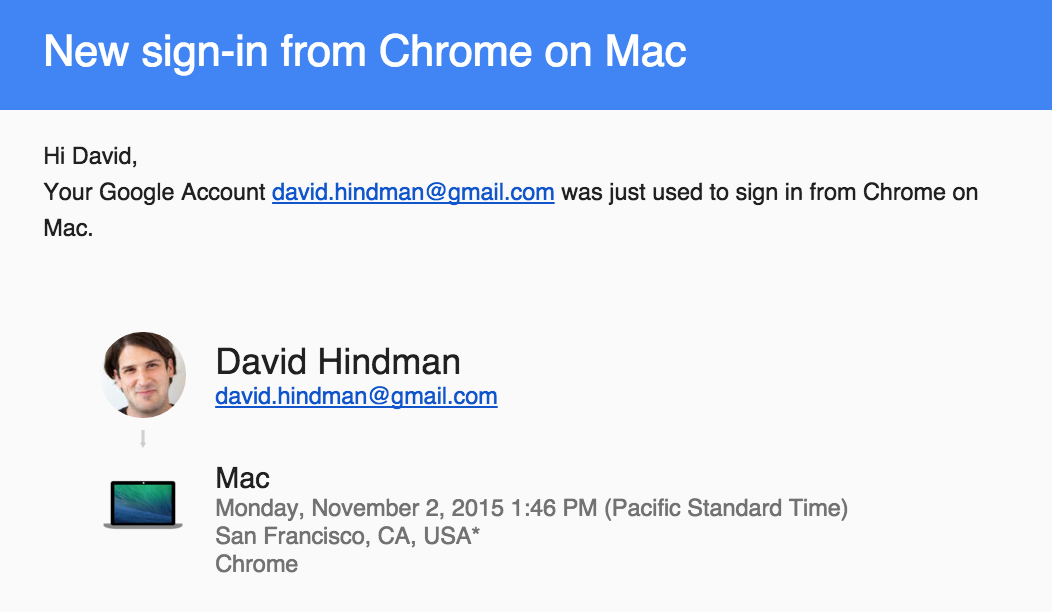
Figure 4-4. Google’s notification service communicates that it has the user’s best interests in mind
-
- Some examples that improve mood
-
-
Capital One’s credit card app designates a conversational space that serves to greet the user with tips or light-hearted conversation. While a matter of taste, we can argue that for some, it strikes a great balance of polite, engaging, and informative (Figure 4-5).
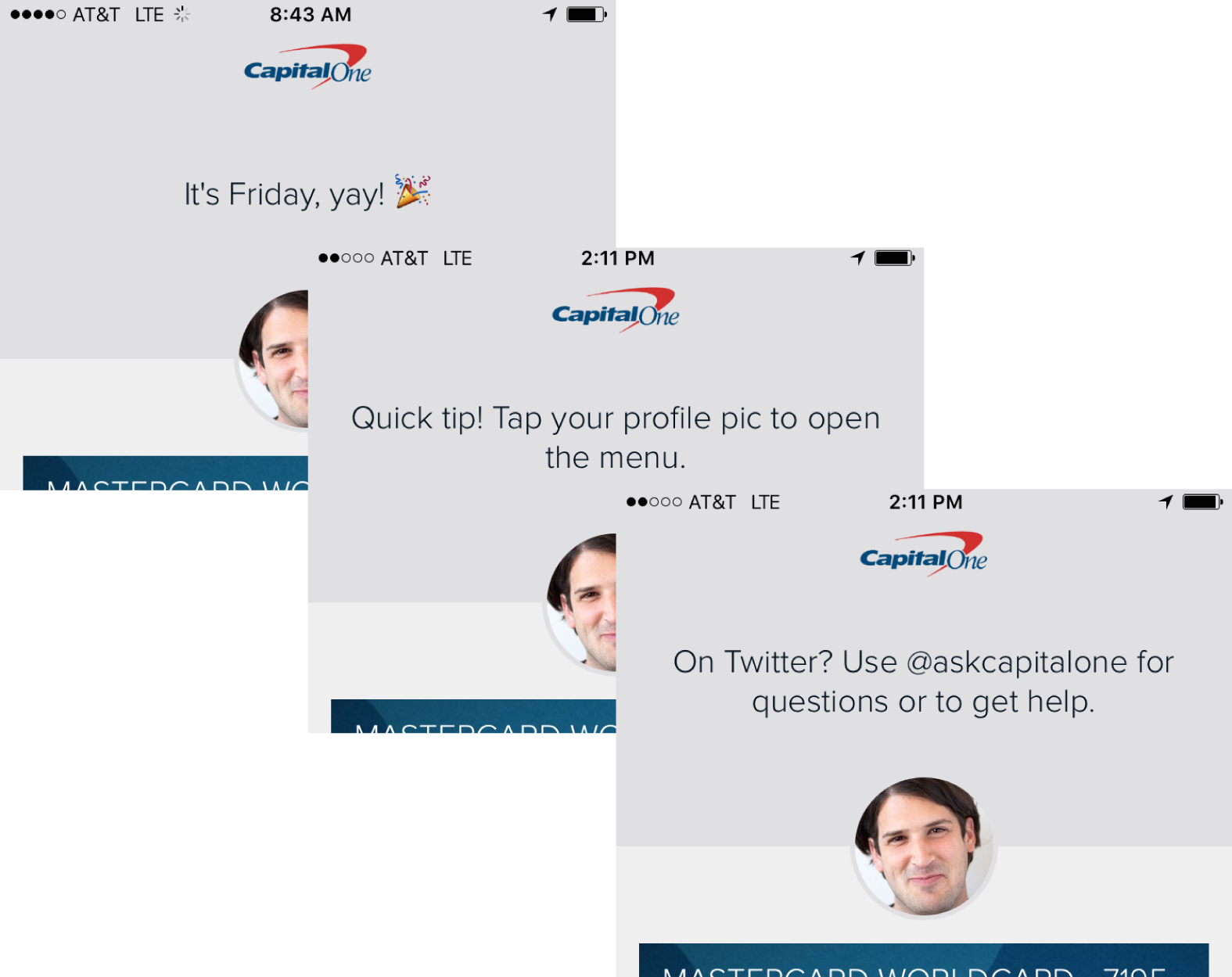
Figure 4-5. Whimsical and helpful messaging lightens the mood and provides a conversational element
-
The Google homepage has a customized message and design if it’s your birthday. Not necessary, but very welcoming and respectful (Figure 4-6).
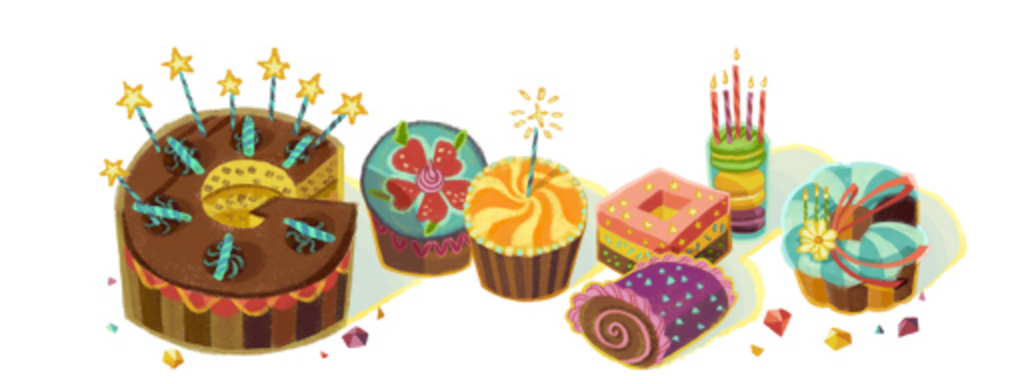
Figure 4-6. Happy Birthday messages aren’t required of a service, but they sure are nice to have
-
The popular workplace service Slack brings some welcome personality by displaying quips as the service loads (Figure 4-7) These display for varying lengths of time, but provide enough variety to sometimes make users smile.
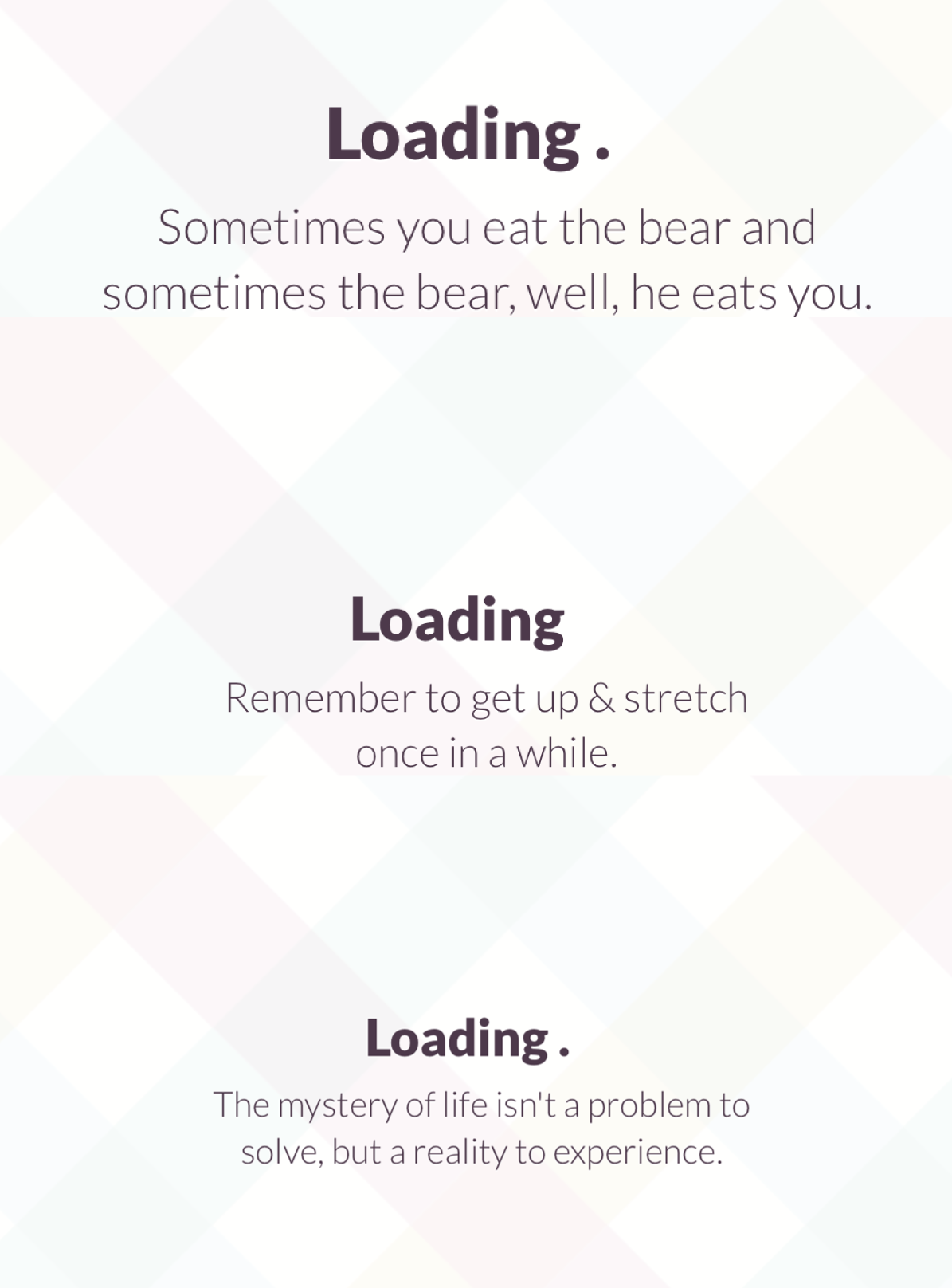
Figure 4-7. Loading messages add some personality to an otherwise dry process
-
Get Designing for Respect now with the O’Reilly learning platform.
O’Reilly members experience books, live events, courses curated by job role, and more from O’Reilly and nearly 200 top publishers.

